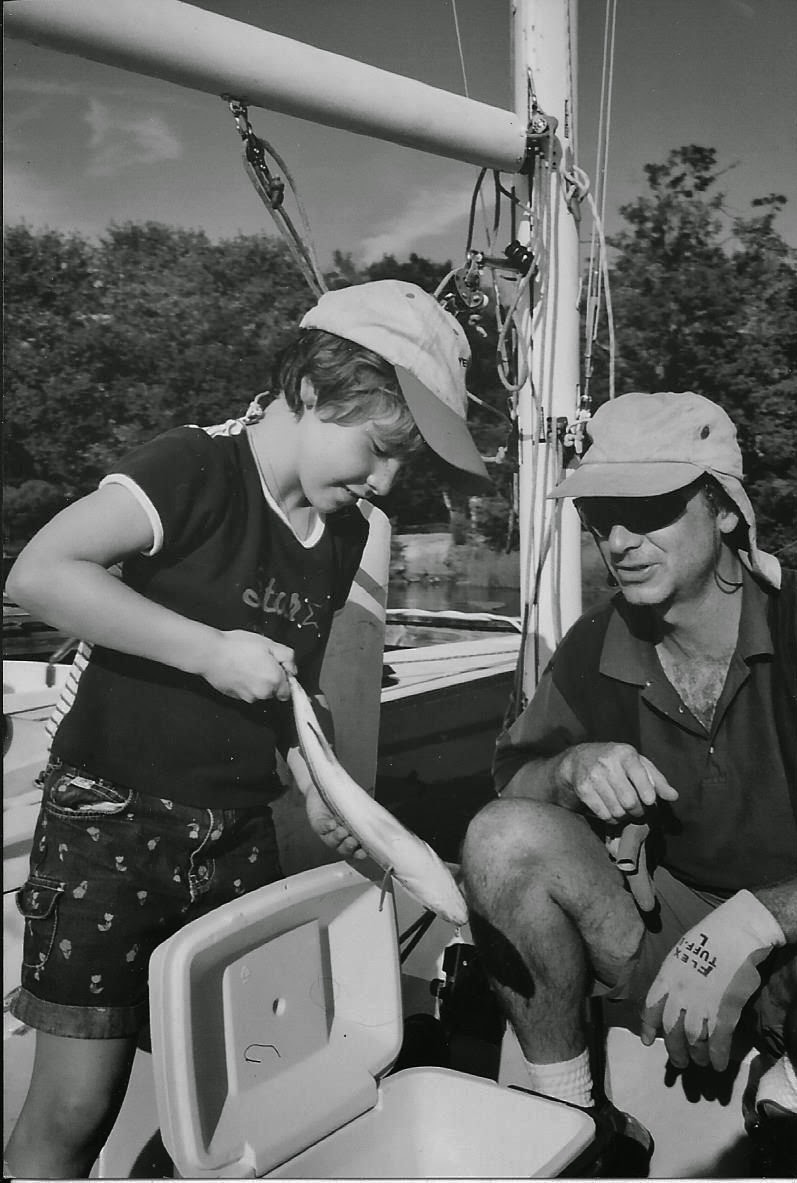I've got a series of 4 articles on water treatment coming out in the next few months, describing a simple approach, soup to nuts. One of the more interesting things to come of it is a treatment that seems safer for aluminum tanks. Both of these images show the worst pit after 14 days, at about 200 magnifications.
Puriclean Aqua Mega Tabs, 1 ppm free chlorine. Later I determined that I could lower the dose 4x below this and still maintain the same free chlorine due to the cyanurate buffering. Overall, the surface has been smoothed rather than pitted, with ~ 50% reduction in weight loss.
Both photos are same magnification; the bleach roughened the surface more.
So expect 10-20x less than this.
Both photos are same magnification; the bleach roughened the surface more.
So expect 10-20x less than this.
Bleach 1ppm, free chlorine.
Safer for aluminum tanks? That is my impression, particularly if the dose is lowered below manufacture recommendations to the lowest effective dose, but more confirmation work is needed.
What about hydrogen peroxide? During the writing of my water treatment articles, numerous sailors asked me to consider H2O2 as an alternative to bleach for aluminum tanks. One problem, of course, the lack of established standards for sanitizing with hydrogen peroxide. The Water Quality Association (certifying organization, similar to NSF) recommends 30,000 ppm hydrogen peroxide (3%), which is full-strength drug store peroxide, and 3 hours contact is required. Compare this to 30 ppm for bleach with a required contact time of 1 minute. There is no recommendation for routine use, but health approvals place and absolute limit of 1000 ppm peroxide, which is most likely below the effective dose. Not at all practical, and any stories of effectiveness at lower levels from cruisers are anecdotal and probably not based upon any science.
But just for laughs I did some corrosion test, using 3000 ppm peroxide for 4 days (ASTM D1384 test coupons at 65F).
No pitting... but remember this would have taken 40 pint bottles to sanitize a 25 gallon tank, even then using only 10% of the WCA recommended dose. Not practical.
- Aluminum. Minor discoloration, no pitting.
- Brass. Minor discoloration
- Copper. Minor discoloration
- Solder. significant corrosion, about like bleach on aluminum. Expect premature failure.
Compared to other products? The top image, without blemish, is Aqua Mega

















